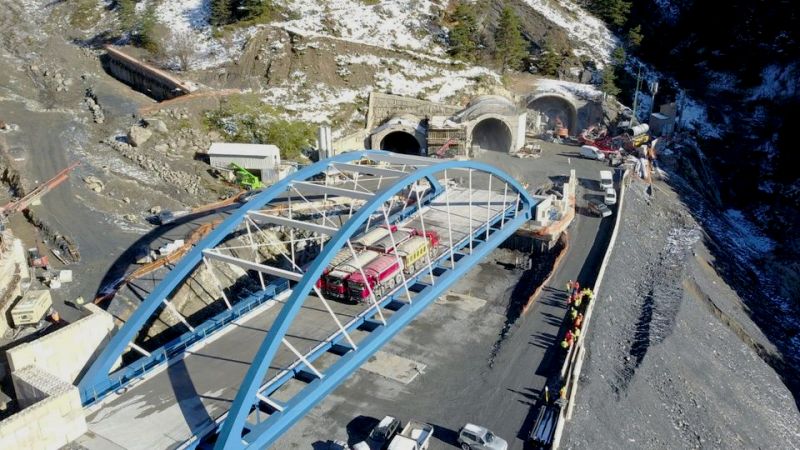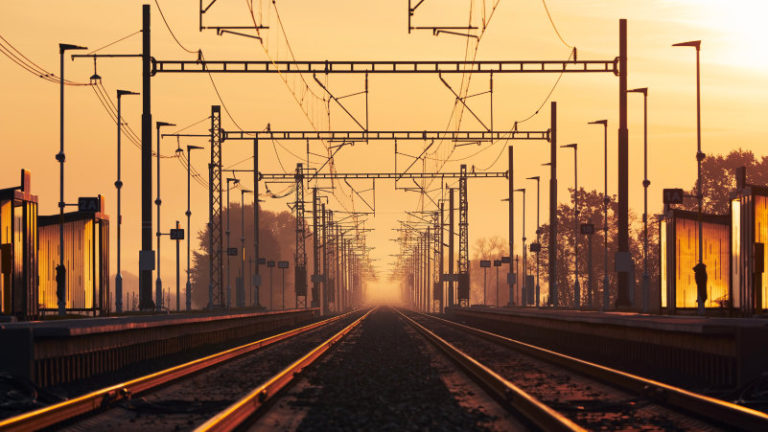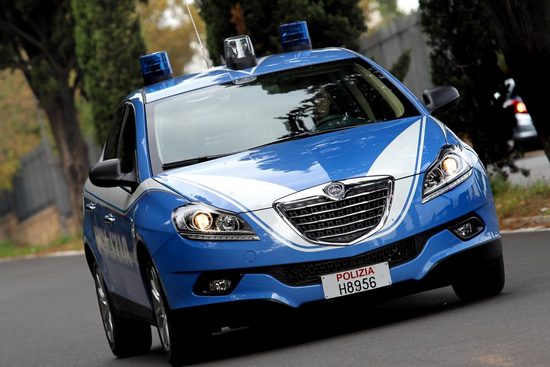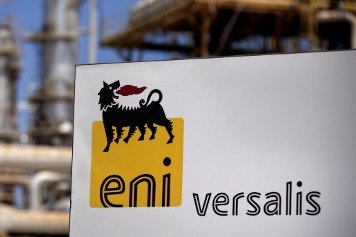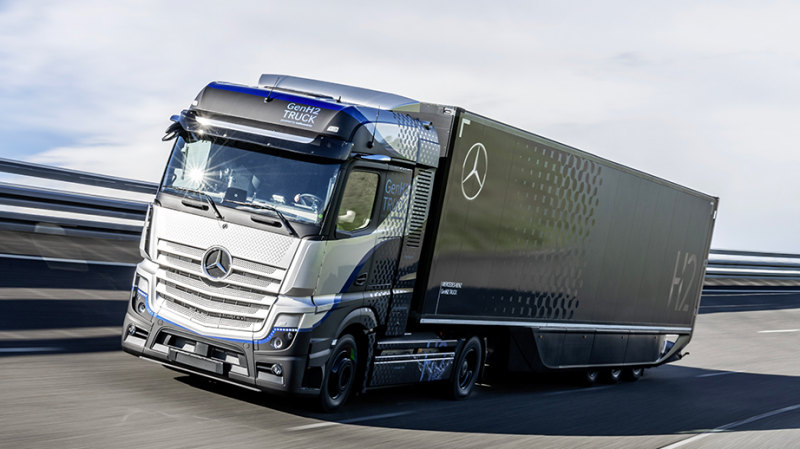While a full-scale revolution is still on the horizon, one piece of the puzzle representing the comprehensive enhancement project for Novara's freight railway area is about to fall into place. RFI's commercial plan for Novara is notably ambitious, with potential investments that could approach 100 million euros at current prices, though the timeline extends beyond 2026. In the meantime, the railway network manager has launched the project to "enhance the electric traction system for heavy freight trains," affecting all northern access lines to the Novara hub—specifically, the Domodossola-Novara and Oleggio-Novara-Boschetto lines, which connect to the Simplon Pass and Switzerland. RFI has convened a services conference to approve the project, after which tenders are expected to be issued in a short time.
The project involves the construction of four new electrical substations (SSEs), facilities where high-voltage electricity from primary lines is transformed and converted for railway use. Three of these substations will operate at high voltage, while one will be at medium voltage. According to the project, these installations are "designed to reduce the limitations imposed on heavy freight traffic due to the unsustainability of current demands on existing electrical systems." Currently, the railway lines cannot fully utilize their theoretical capacity because they cannot handle the required electrical load. The additional substations to be built to boost the Novara lines will be located in Momo and Orta San Giulio on the Novara-Borgomanero-Domodossola line, in Oleggio on the Novara-Arona line, and in Vogogna on the Simplon route.
This enhancement of electric traction can be seen as a precursor to RFI's more ambitious investment program for the Novara hub. The plan includes a bypass to directly connect the freight terminal to the Simplon route to the north, the relocation of the rolling highway (RoLa) terminal, and the reconfiguration of the Boschetto rail yard to meet European standards for 750-meter-long freight trains.
The investments planned for the Novara hub are just one of several ongoing projects aimed at strengthening all access routes to Switzerland’s railway crossings. Among these is the line between Arona and Verbania, where it has become necessary to suspend operations for 90 days from June 9 to September 8, 2024. The construction work on this 26-kilometer stretch focuses on adjusting the profile, particularly in tunnels, to accommodate intermodal transport without restrictions, according to the PC/80-P410 classification. The total investment approaches 120 million euros, co-financed by Switzerland under an agreement signed in February 2022.
The work will concentrate on the 1,183-meter-long Faraggiana tunnel near Arona and the 1,072-meter-long Stresa tunnel near the town of the same name. These two tunnels will undergo modifications, primarily involving the lowering of the track bed to achieve the required maximum profile. The line closure also presents an opportunity to prepare this stretch for the European signaling system Ertms/Etcs.
These projects are part of the investment package under the agreement with the Swiss government, which has committed 145 million euros in grants to support the upgrade of the route through Domodossola and the Simplon Pass. For their part, the Italian railways had already electrified and upgraded the single-track line from Novara, via Borgomanero, to Domodossola and the Simplon Pass in 2001, but the route along Lake Maggiore—from Arona to Stresa and Domodossola—had so far been excluded from enhancement plans.
Piermario Curti Sacchi






